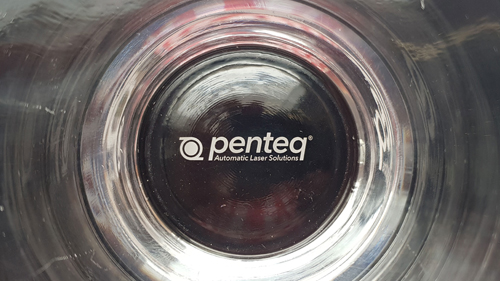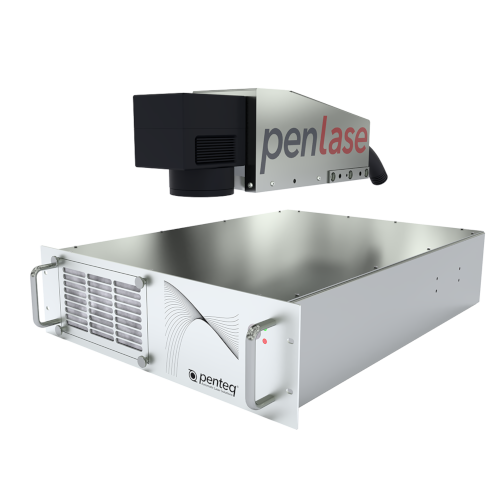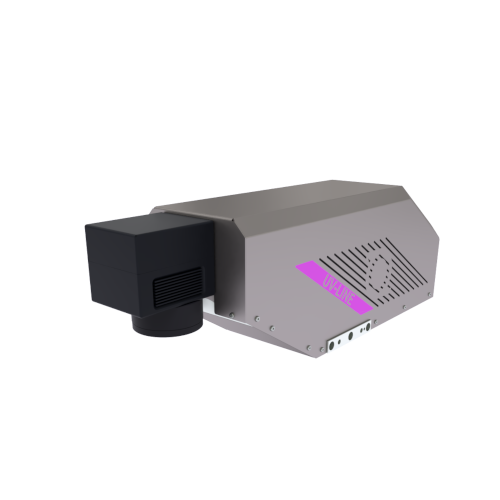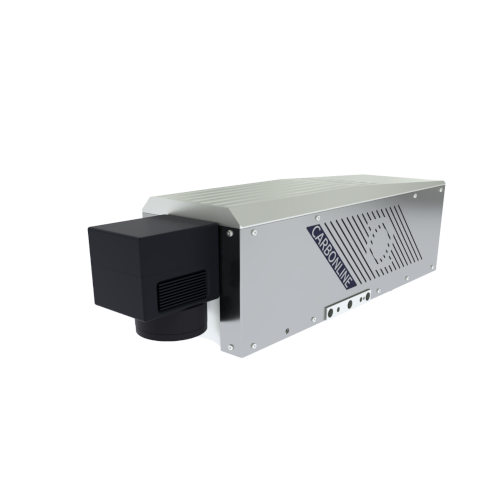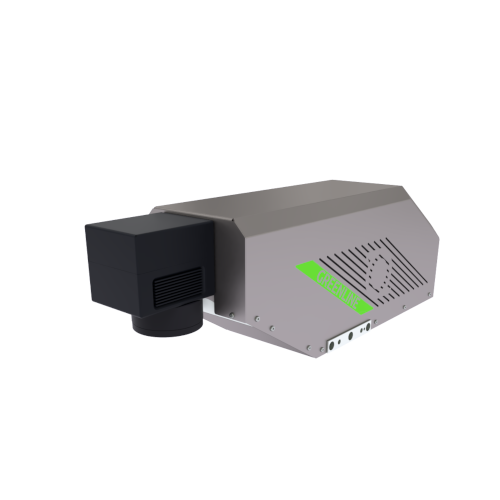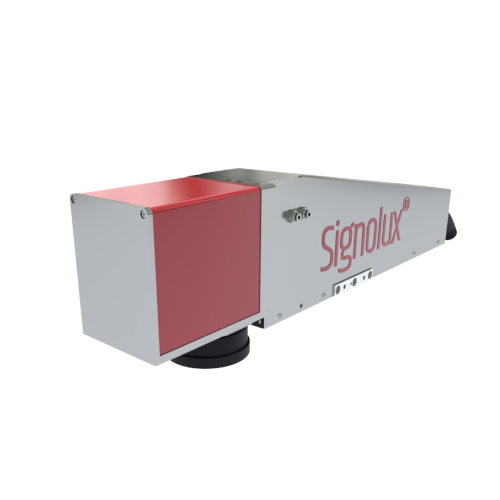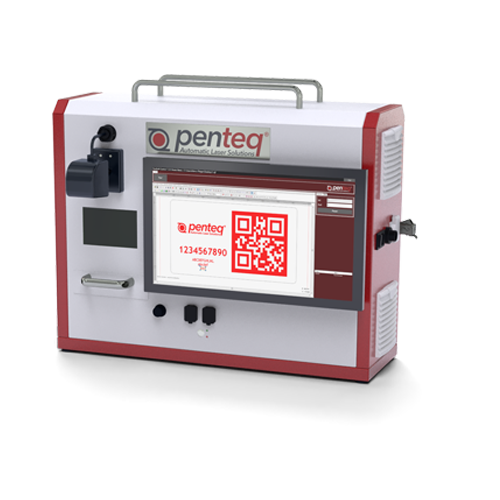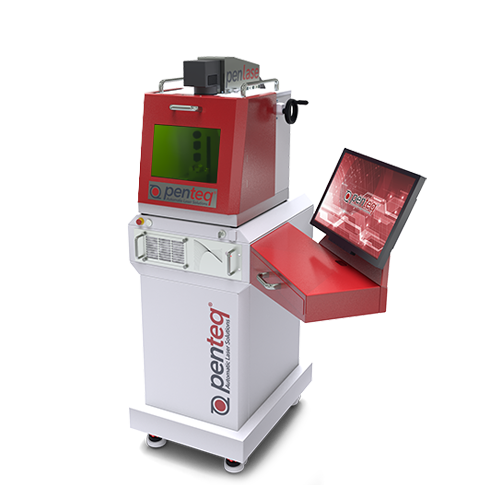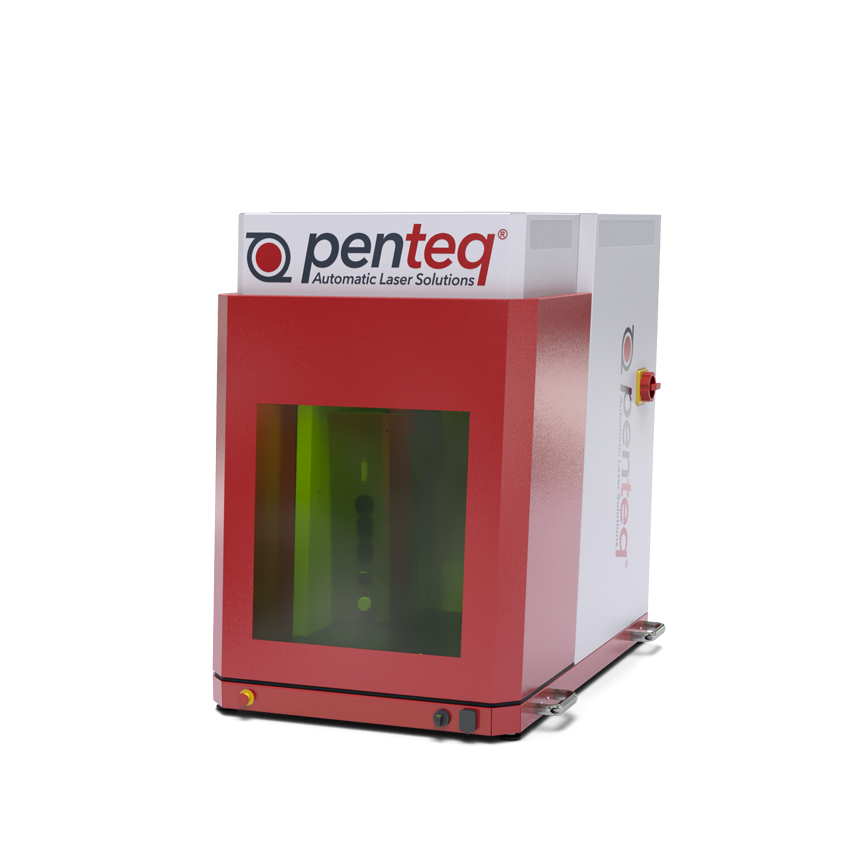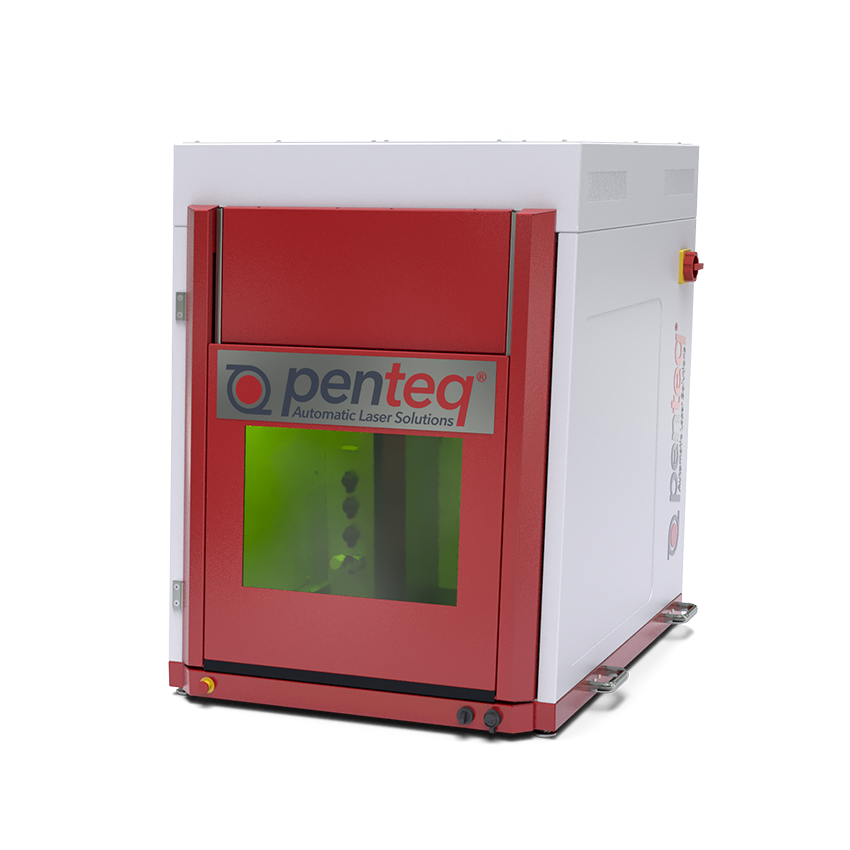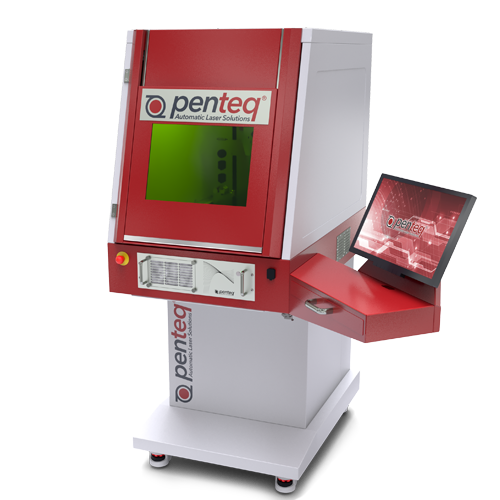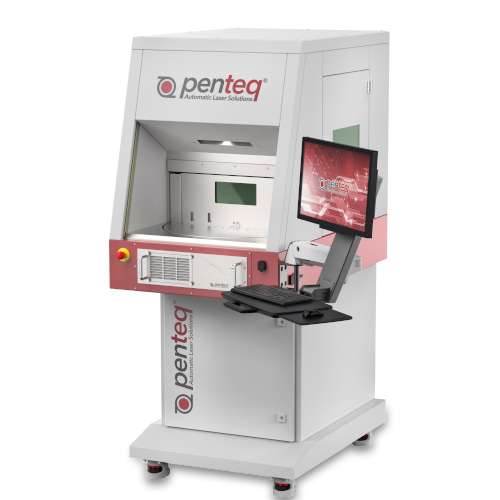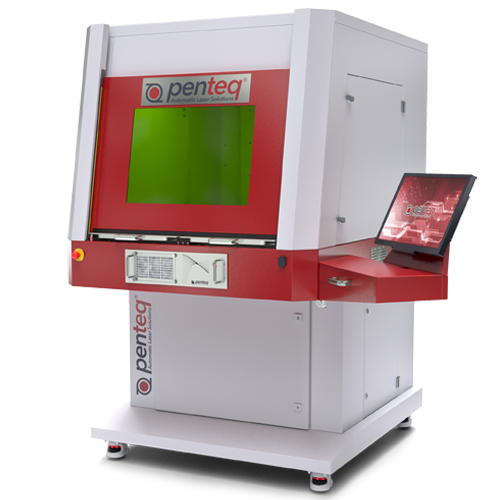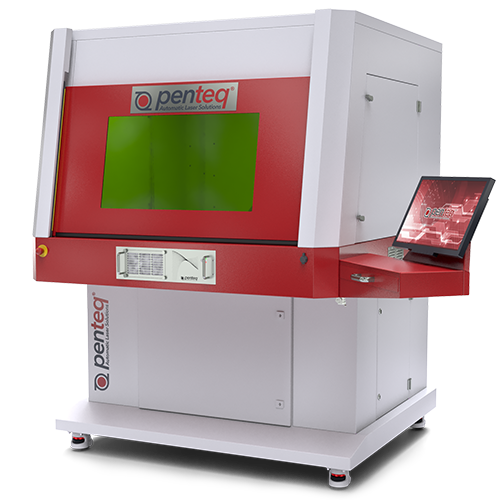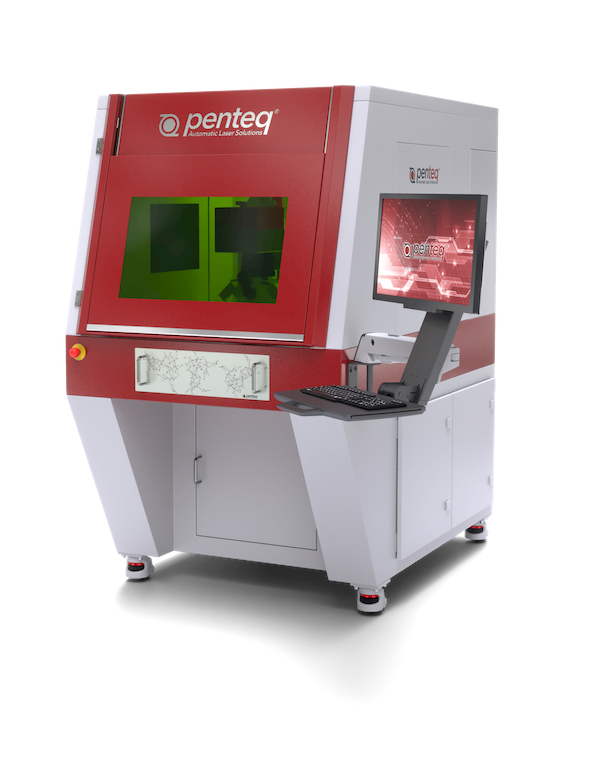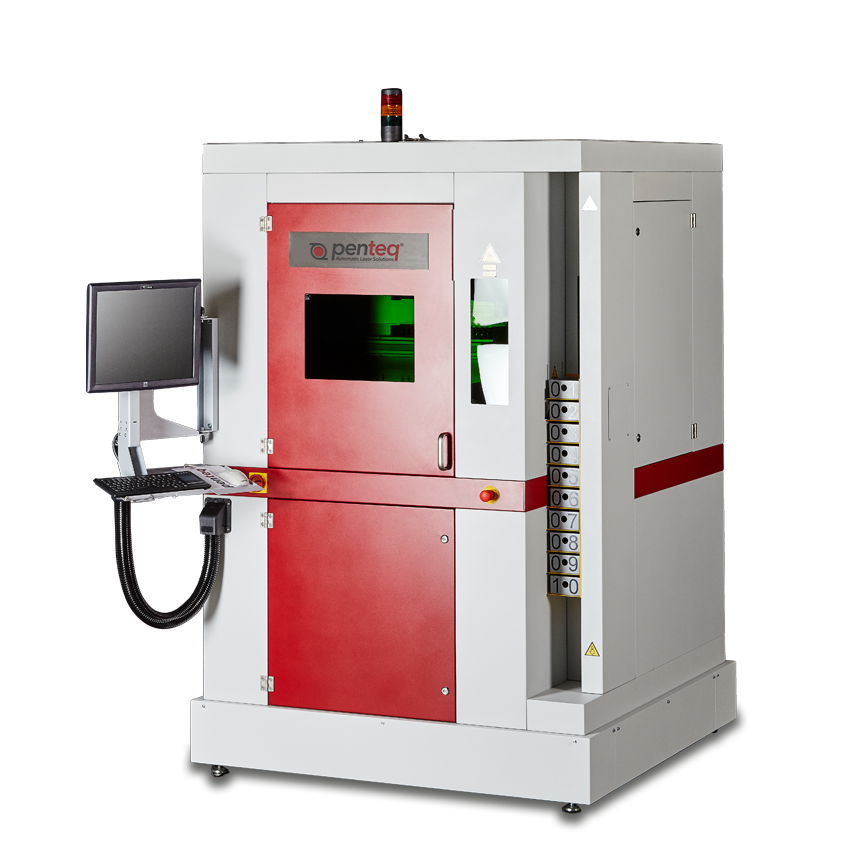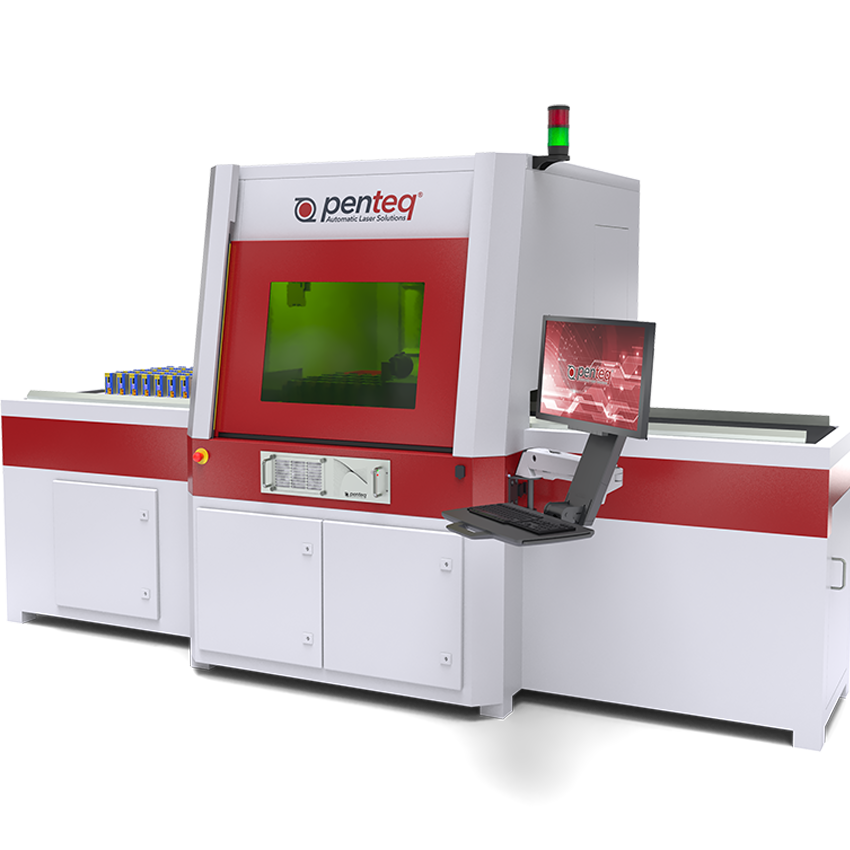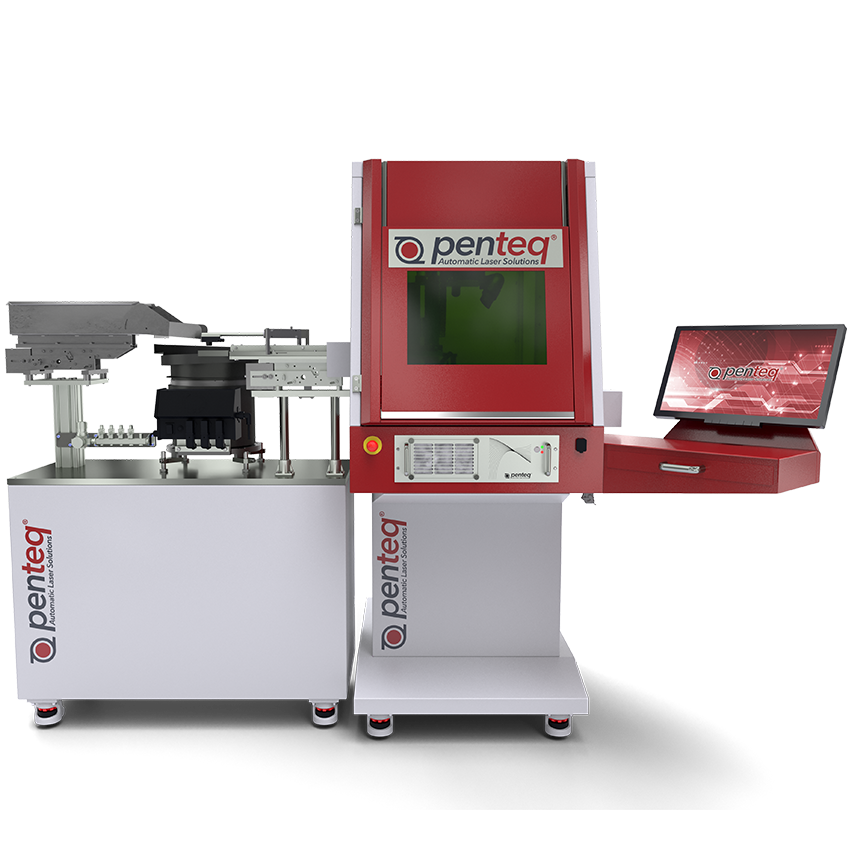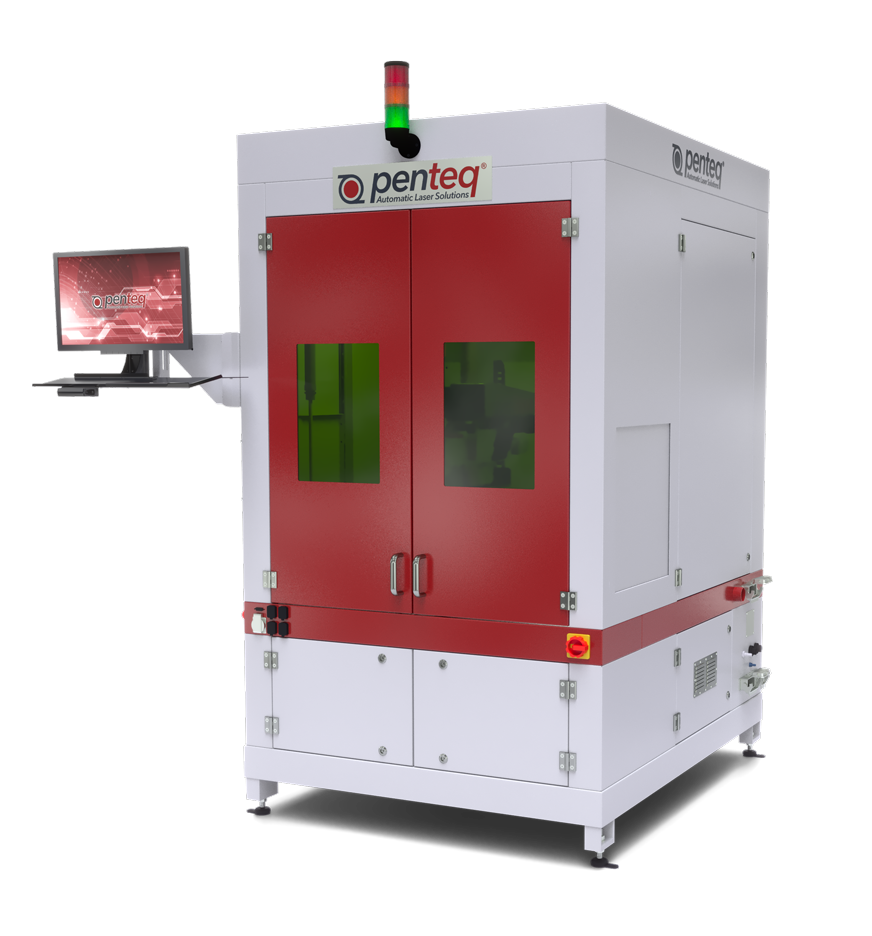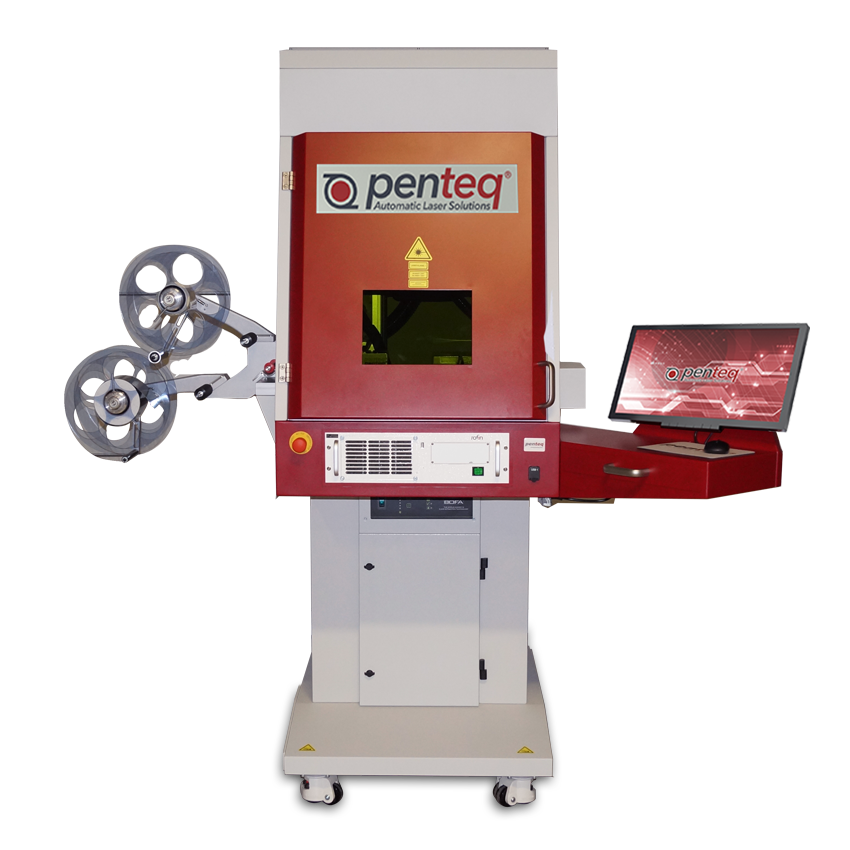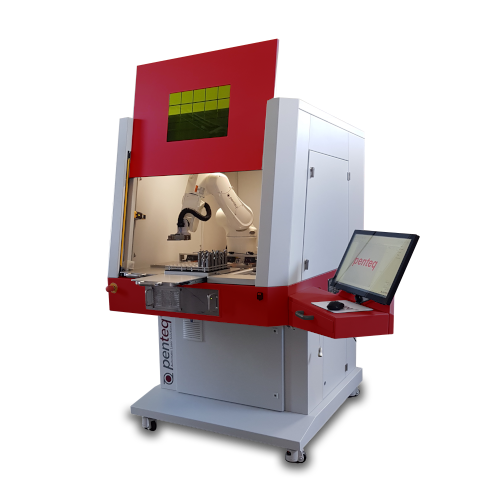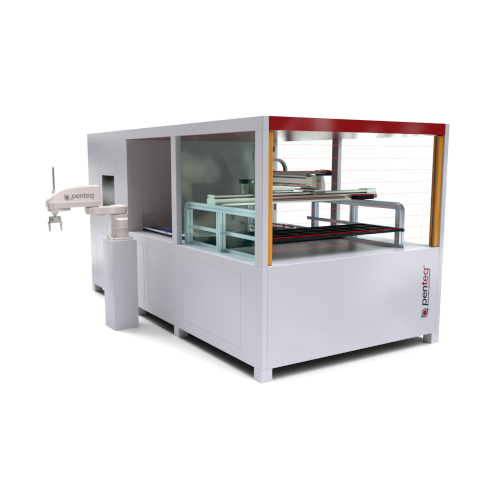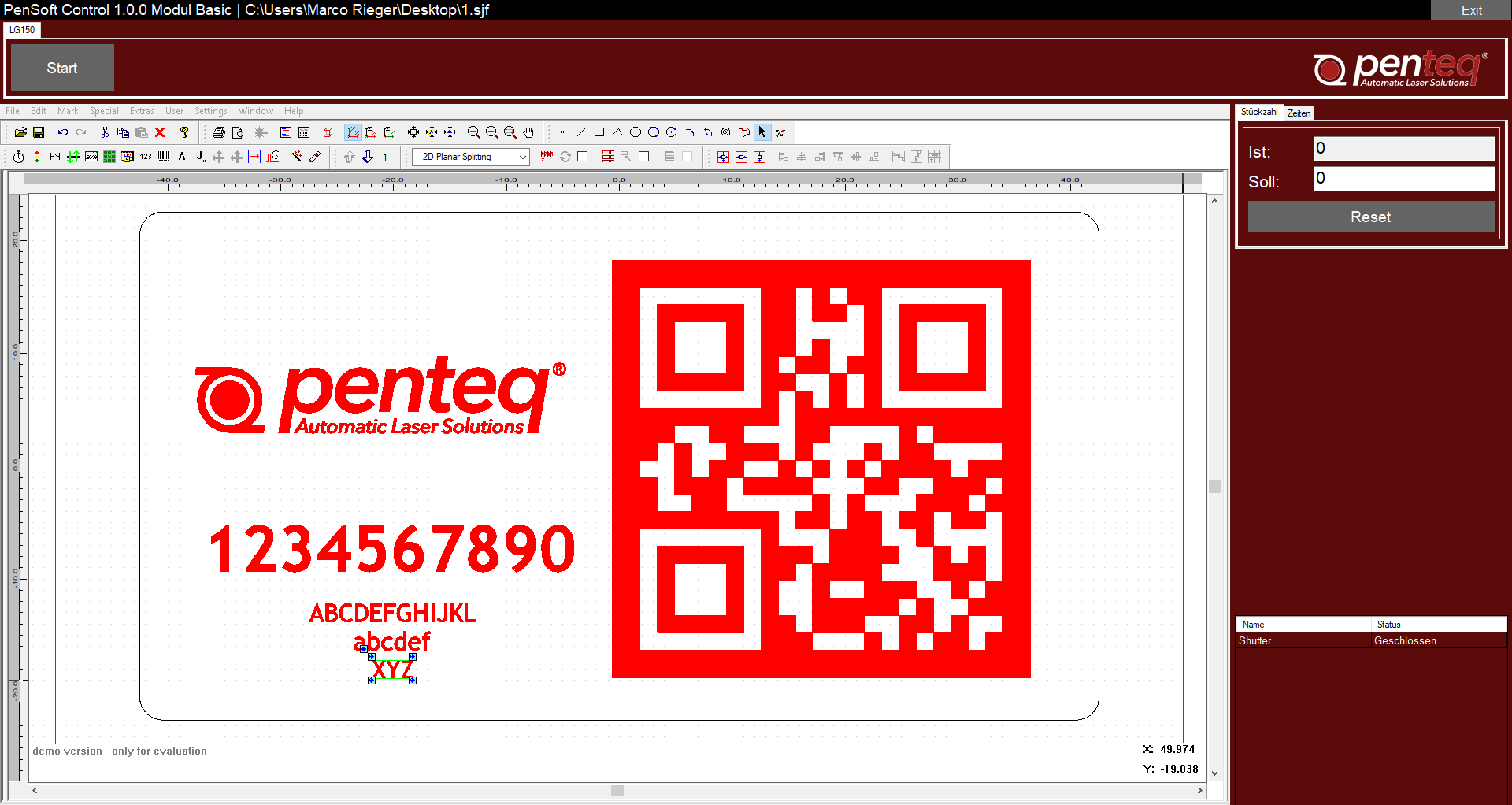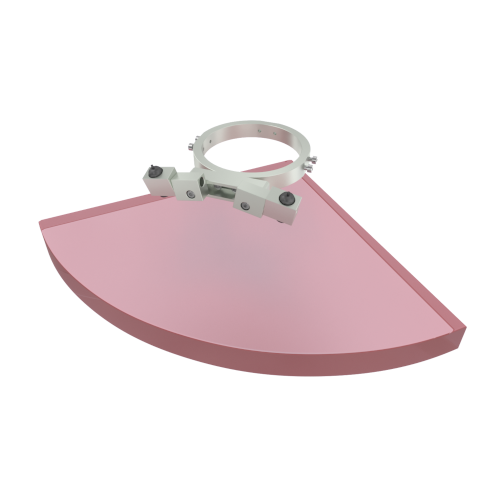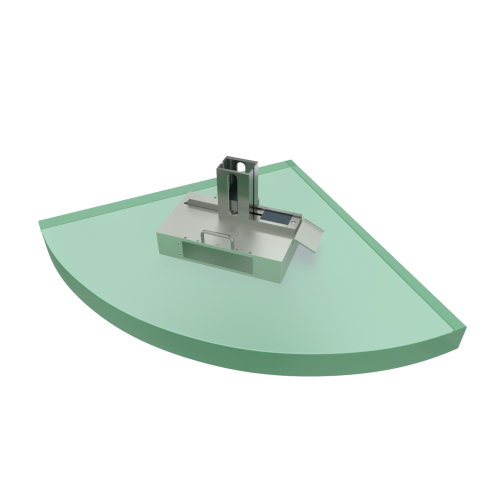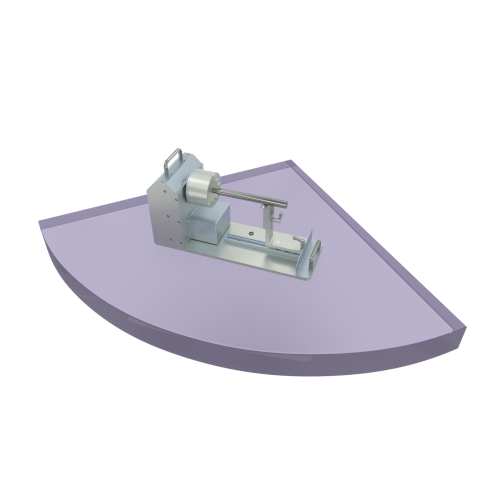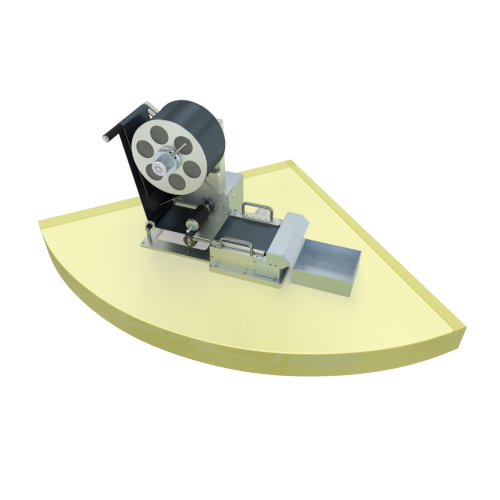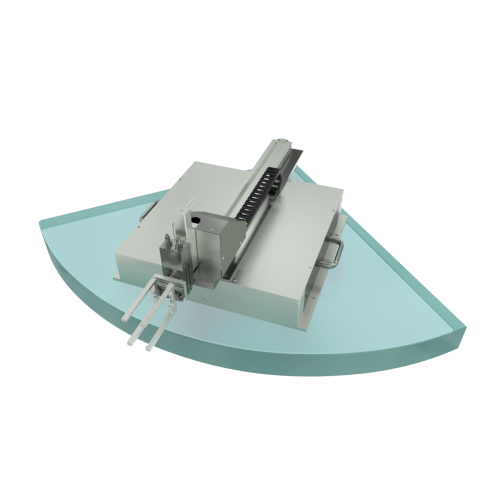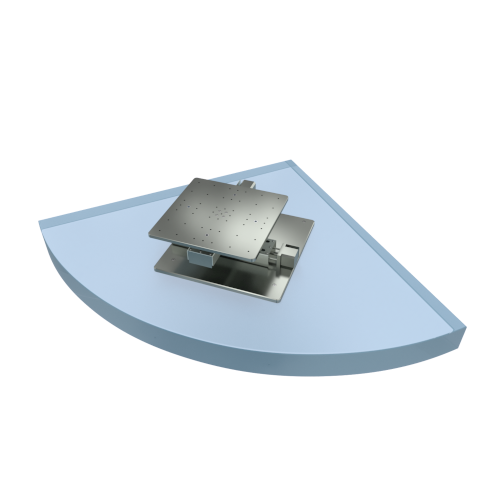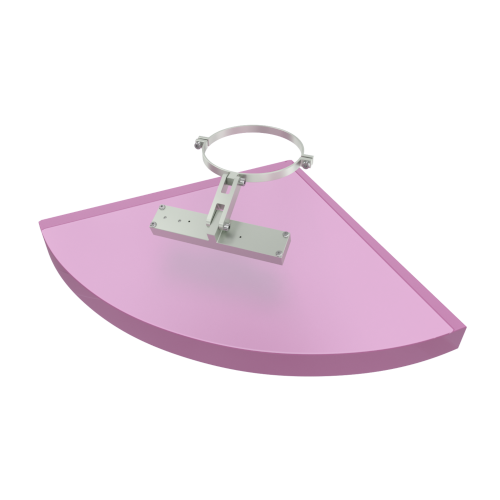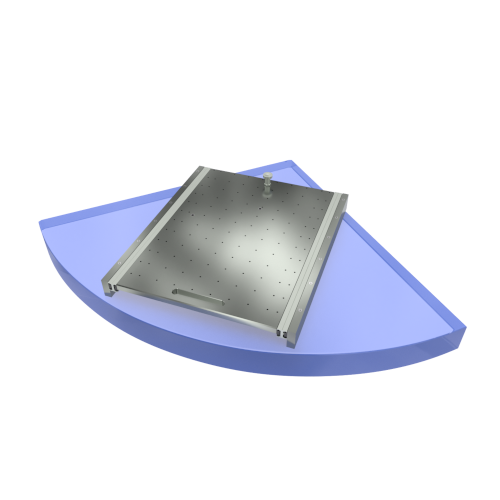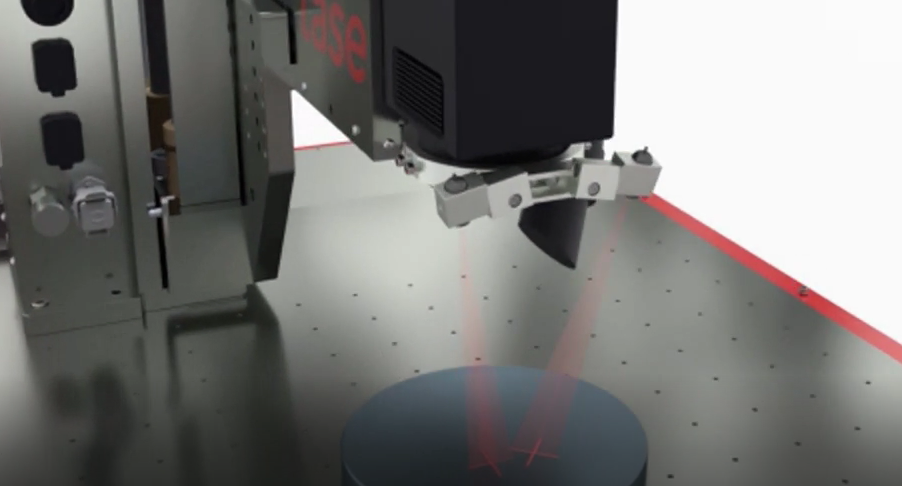Tips and techniques - Glossary
Absorption
Interaction of radiation energy with matter. The higher the absorption capacity of a material, the greater the effect of the material change. The absorption behaviour is determined by the laser wavelength, intensity, angle of incidence and surface roughness. Reflection can be regarded as the opposite of absorption.
Axis, optical axis
The optical centre line of the lens system. The line passing through the centres of curvature of the optical surfaces of a lens.
AR coatings
Anti-reflective coating used on the back of laser output mirrors to suppress unwanted multiple reflections that reduce output.
Axial flow laser
A gas laser in which the laser gas mixture is passed through the laser tube in an axial direction. Depending on the design, this can be either the popular fast axial flow or the less popular slow axial flow.
Beam bender
Hardware assembly or optical device, such as a mirror, that can change the laser beam direction; Used to redirect the beam and in a "folded" compact delivery system.
Continuous wave laser (CW)
A laser beam that radiates constantly over time from the laser source. The term Continuous Wave is commonly used to describe an uninterrupted wave. CW lasers are often used in material processing for welding or cutting. These lasers can also be called continuous wave lasers.
Diffusion cooled laser
Typically a CO2 laser design that uses diffusion gas cooling to cool surfaces instead of flowing through a heat exchanger. This design is simpler and more compact than axis or cross-flow lasers.
Diode laser
Sometimes called a semiconductor laser, the active element is a p-ri semiconductor junction. When current flows across the junction, intense light is emitted from the edge of the chip in the plane of this junction. The majority of diode lasers have a power in the range of 630 to 1550 nanometres of the spectrum. When single diodes are used, they are called single emitters. To increase the power, several laser diodes can be mounted on a so-called bar. These can then be stacked on top of each other and optically combined to form high-power systems.
Average output power
The total energy per pulse multiplied by the number of pulses per second. (Joule per second = W). This power is usually also used to indicate the power intensity of a laser beam source.
Gaussian beams (TEM00)
The Gaussian beam (TEM00) is optimally suited for numerous applications in laser technology because of the minimal divergence. In practice, however, many lasers have deviations from this optimum case. The cause can be the oscillation of higher transverse modes, or amplitude or phase disturbances due to an inhomogeneous amplification of the laser medium.
on.
Cavity (laser resonator)
The laser resonator or tube in which the laser process takes place. Resonators can have different designs. An optical resonator is a basic component of every laser system. Optical resonator in the form of a fully reflecting and a partially reflecting mirror, which enables the feedback of the radiation emitted in the active medium. The laser resonator, the laser medium and the pump mechanism are the three basic components of a laser.
Rayleigh length
Rayleigh length is the distance along the optical axis that a laser beam needs until its cross-sectional area doubles, starting from the beam waist.
For material finishing, this is important because it gives the energy input per unit area. For marking applications, part of the Rayleigh length can be used to compensate for a height deviation (focus distance) and to achieve good results on curved or round surfaces without focus tracking via an optical or mechanical axis.
Beam delivery system
Use of optics such as mirrors, lenses and optical fibres arranged so that a laser beam can be precisely directed to a specific location. In addition to beam guidance, optical components that change the property can also be used. These include, for example, beam expansion and focusing optics to achieve a sharp laser spot.
Beam expander
Optical device that enlarges or reduces the input beam diameter of the laser. Beam expanders are usually used to increase the diameter of laser beams. In doing so, the divergence decreases by the same factor, since the product of beam diameter and divergence is constant. In material processing, beam expansion is used, for example, to achieve a smaller laser spot. With larger expansion, a reduction is achieved by subsequent focussing.
Beam divergence
The tendency of a laser beam to expand in diameter as it moves away from the source. It is measured in milliradians (mrad) at specific points. Beam divergence is used to characterise the beam. Normally, beam divergence refers to a circular beam diameter, but it can also be used for elliptical beam cross-sections, taking into account the diameter of the ellipse.
Beam diameter
The diameter of the part of the laser beam that contains at least 86% of the total energy of the beam. In practice, the beam diameter is usually referred to as the output diameter of the laser source. All components of the beam delivery system are based on the beam diameter in addition to the basic parameters such as the wavelength and the power.
Beam quality
Ratio between a real beam focus spot diameter and the focus spot diameter that would be produced by a theoretically perfect beam. Accordingly, it is the ratio of the divergence angles of the real beam and an ideal beam with the same waste diameter. The beam quality is often expressed by M2 or K. (1 / m2)
Beam splitting
the use of an optical device to split the laser beam into multiple beams so that more than one spot on a workpiece can be processed simultaneously, albeit at lower power.
Brightness
The visual perception of the light output of a laser beam of the visible spectrum from approximately 400nm to 780nm, as opposed to the scientifically measured output of the beam.
Carbon dioxide (CO²) laser
A gas laser that uses a mixture of carbon dioxide, nitrogen (N2) and helium (He) as the laser active medium to produce a continuous output of laser light with a wavelength of 10.6 micrometres.
Cathode
The element that provides the electrons for the electrical discharge is used to excite the laser medium.
Coherent radiation
Radiation consisting of wave trains that have a fixed phase relationship in spatial and temporal propagation.
Collimated light
Diverging light beams which are guided in parallel by means of a lens or other device. Collimation makes it possible to guide the laser beam over a longer distance without changing the cross-section. The optical device is called a collimator.
Collimation
The process of converting divergent rays (white or natural light) into parallel rays (coherent light).
Convergence
The bundling of light rays through a converging lens.
Short Pulse Laser
Pulsed lasers with pulse durations in the nanosecond range.
Laser
Acronym for Light Amplification by Stimulated Emission of Radiation.
Laser crystal
A solid material in which the atoms are arranged in an orderly fashion. YAG crystals are used as a laser source, for example.
Micron
A unit of measurement, for example for the core in an optical fibre. 10-6 or one thousandth of a millimetre.
Molecular beam epitaxy
Method of manufacturing laser diodes in a reactor.
Depth of field
The working range of the beam, a function of the wavelength, the diameter of the unfocused beam and the focal length of the lens. To achieve a spot size with a small diameter and thus a high power density, a short depth of field must be accepted.
Ultrashort Pulse Laser
Mostly mode-locked, pulsed lasers with pulse durations in the range of pico to femtoseconds. Due to the extremely short pulse duration, a targeted effect of the laser beam can be achieved with little or no heating of the edge zone. This is why it is also referred to as cold laser processing.
Reinforcement
The growth of the radiation field in the space of the laser resonator as the light wave shoots back and forth between the cavity mirrors. It is an amp-stimulated emission at each pass.
Circular polarisation
Optimal polarisation for CO² laser cutting. The two perpendicular components of the laser beam are out of phase but have the same amplitude and provide optimal cutting for CO² lasers.

